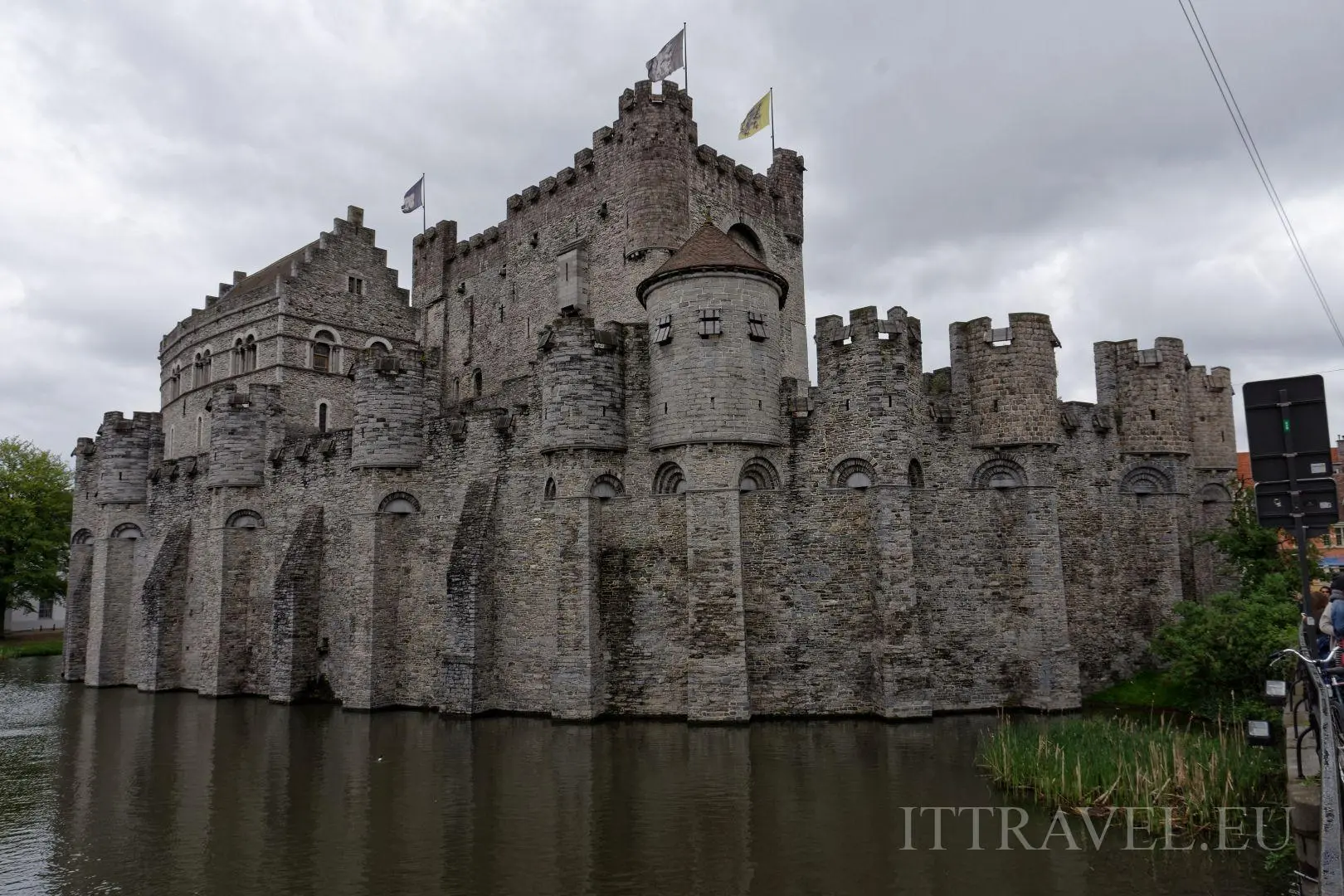
Few hours in Ghent - May 2018
Leaving Brussels we were thinking how rest of Belgium looks like. It's pretty small country - 10 times smaller than Poland, but with only 3 times less population. Next stop on our trip - Ghent - showed us, that differences are small. Less people on the streets - maybe because of long weekend - as in some moments it was really empty. Old architecture is monumental. City was not seriously damaged during both of world wars, so today we can see it in non changed, decent state. Charm is only reduced by modern trams and theirs electric traction going through historical old town. Surroundings was already occupied during celtic times. Remains from roman times has also been found. During Saint Amand times citizens started to move to christianity. City was completely destroyed during vikings invasions in 851 and 879. It was rebuilt, and in XIII century was biggest city after Paris outside of Italy - had about 65 thousand citizens. On 24 February 1500 in city was born Charles V future king of Spain, Holy Roman Emperor, King of Italy and Lord of Netherlands. After the war for independence of Netherlands 1568–1648 city was devastated and lost its positions.
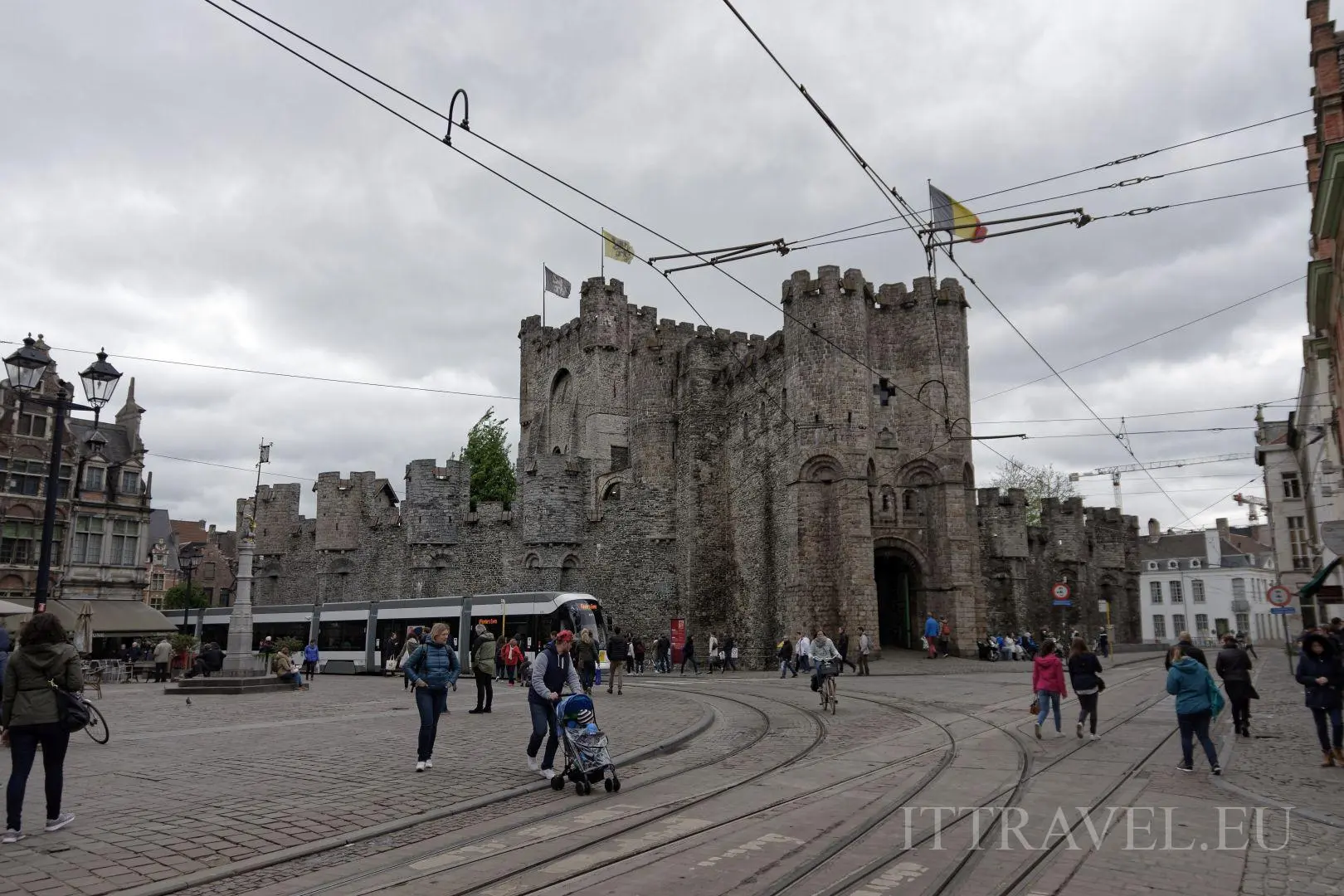
What is to see in the city:
Gravensteen Which means in Dutch - count's castle - built in 1180 for Count of Flanders Philip I. The building was modeled on the castles that the ruler saw during the second crusade. The castle served the counts of Flanders until the 14th century. Later it was a court, a prison, a factory and it was finally abandoned. At the end of the nineteenth century, the castle was planned to be demolished, but it was bought by the city, restored and dedicated to visiting in 1893.
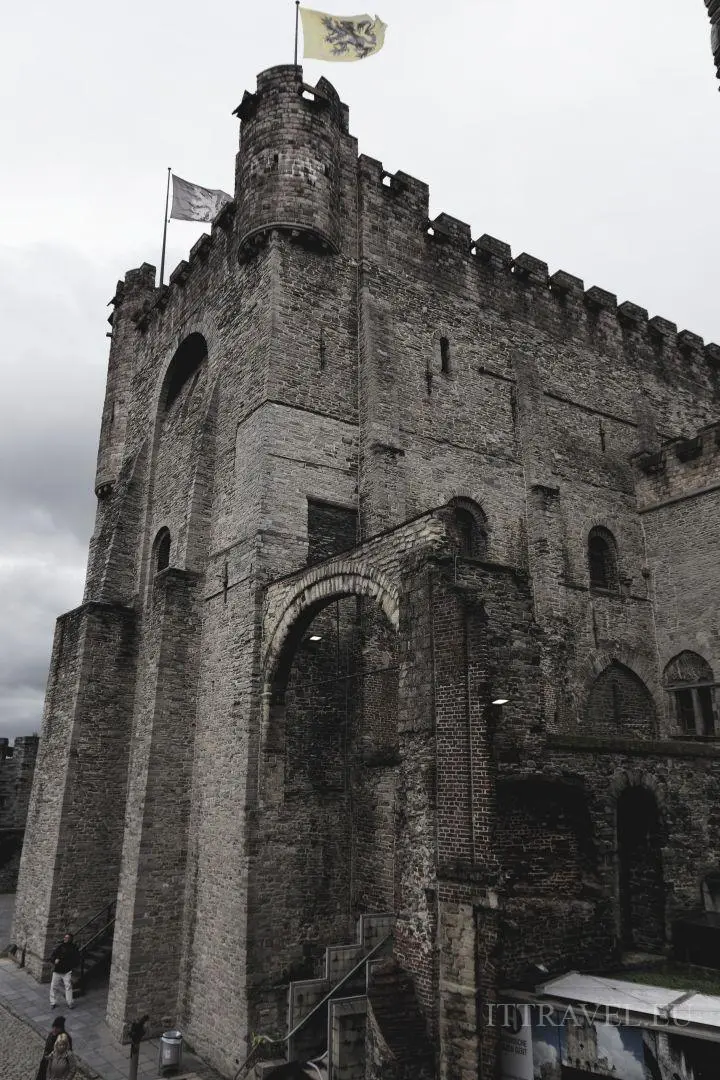
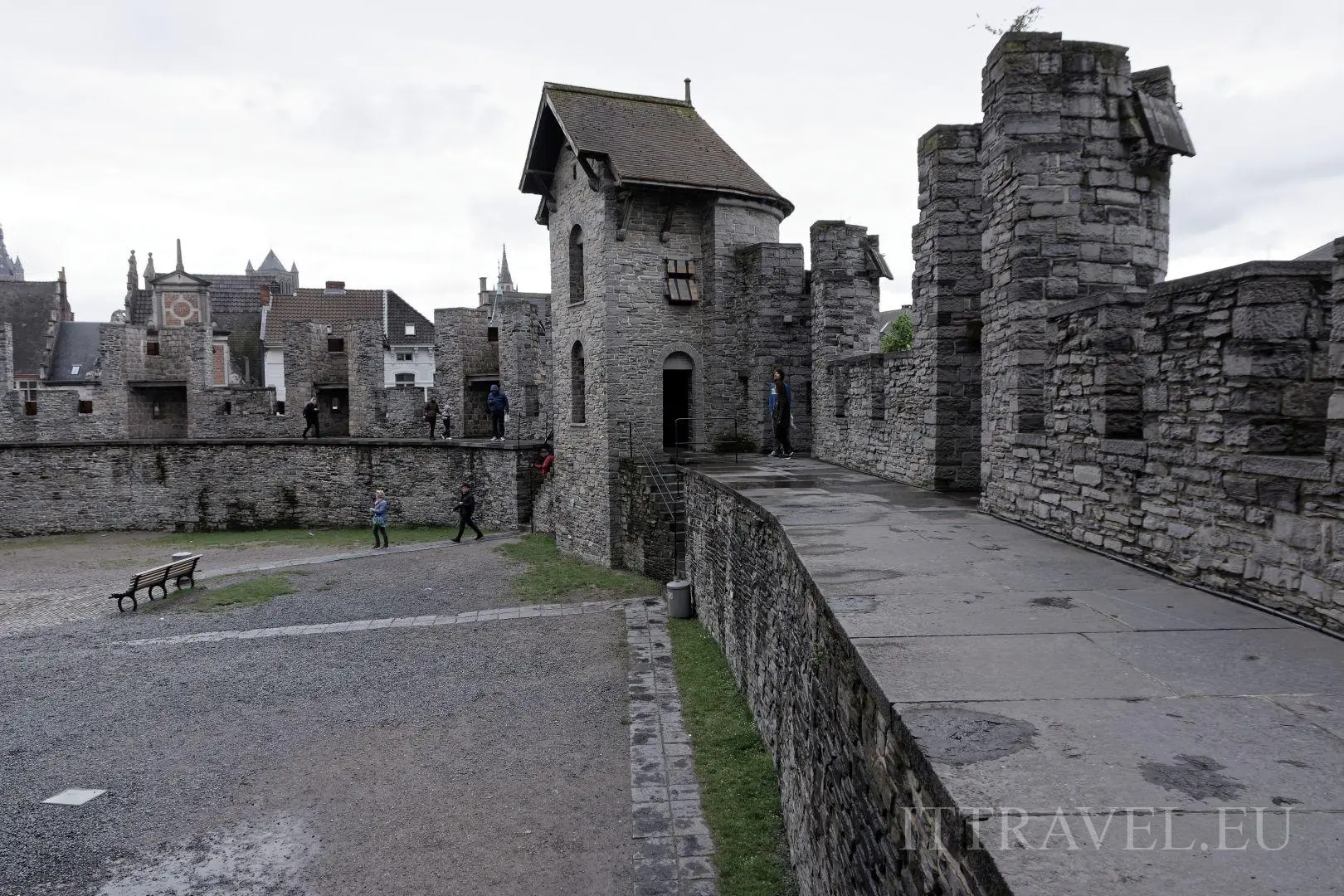
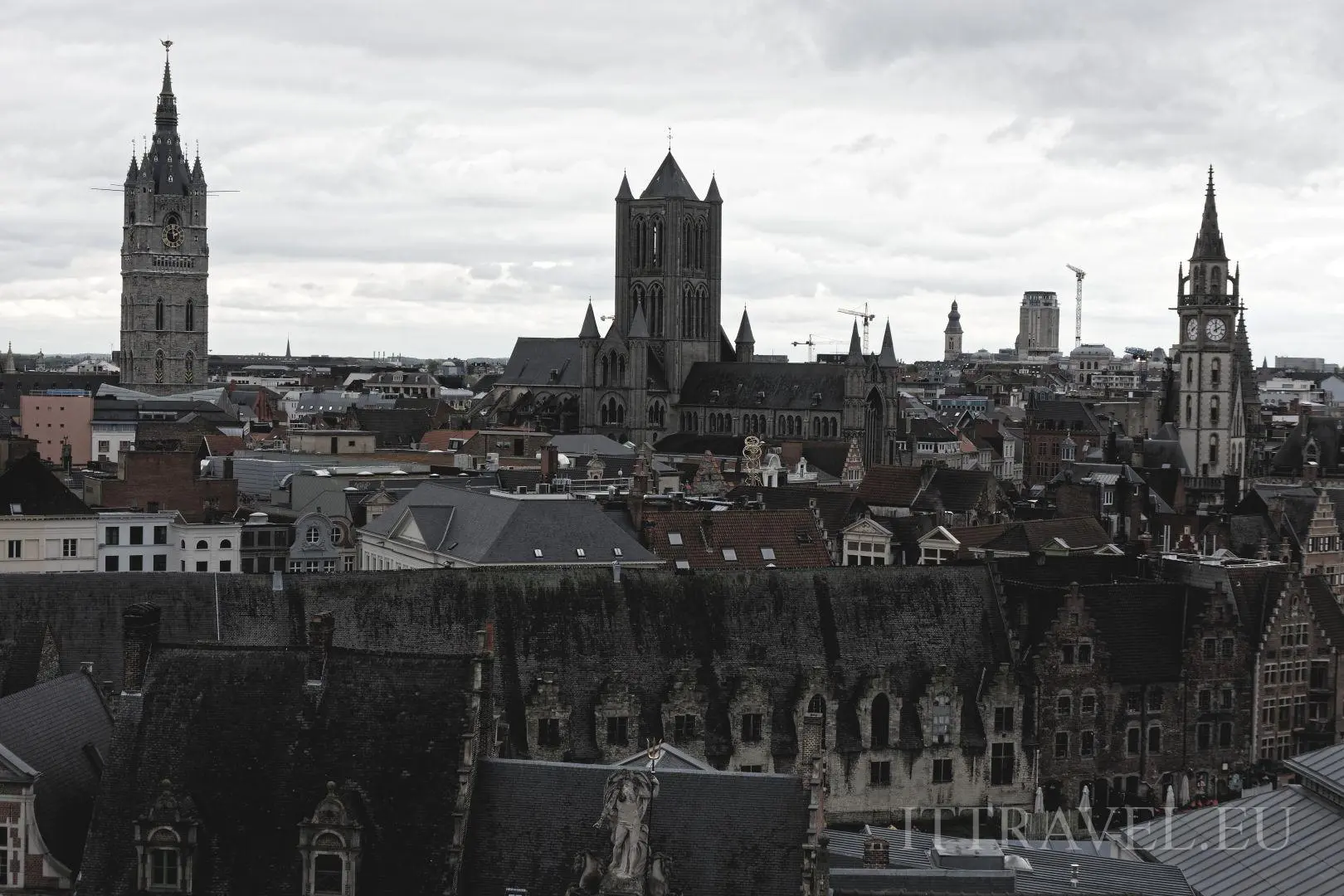
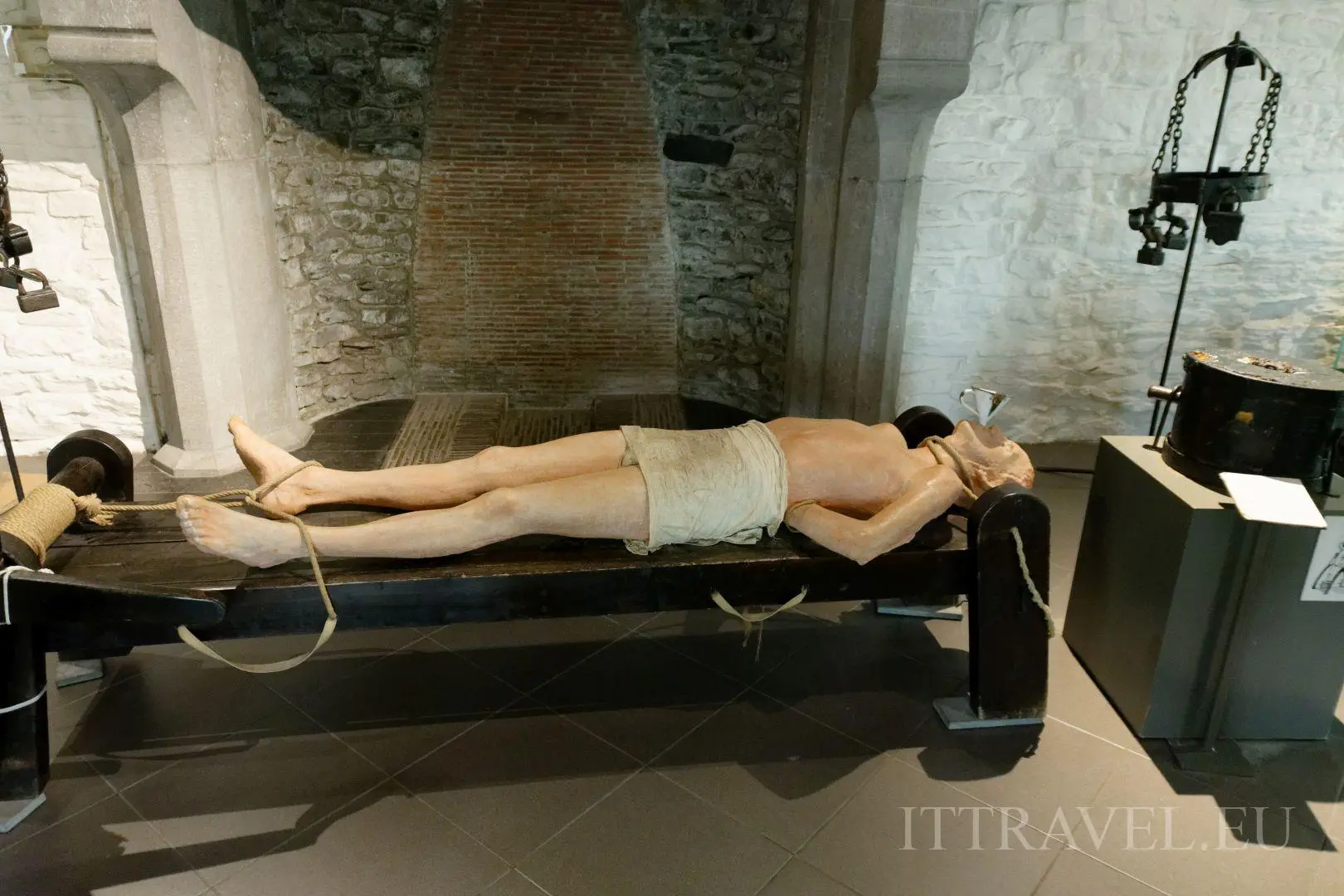
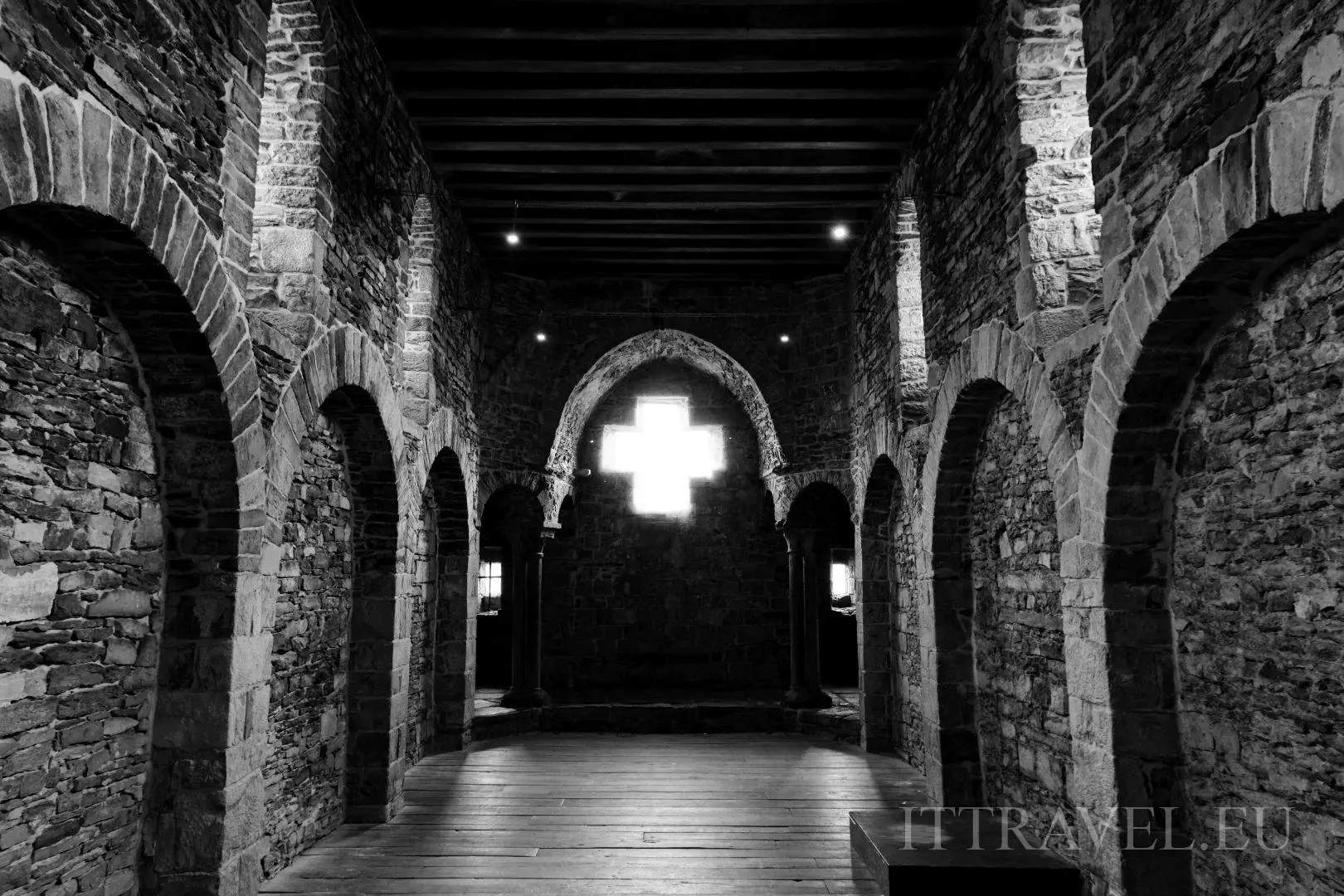
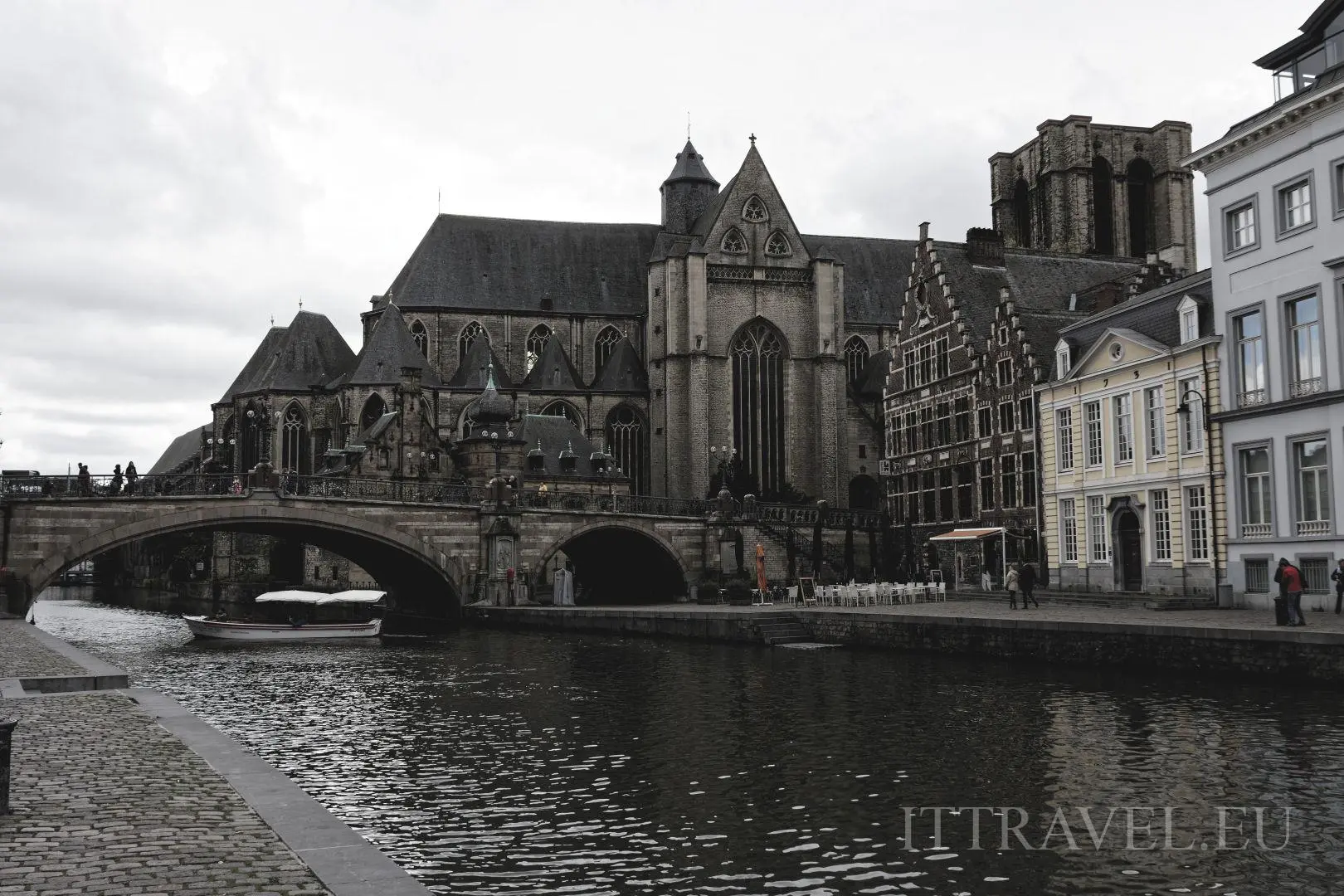
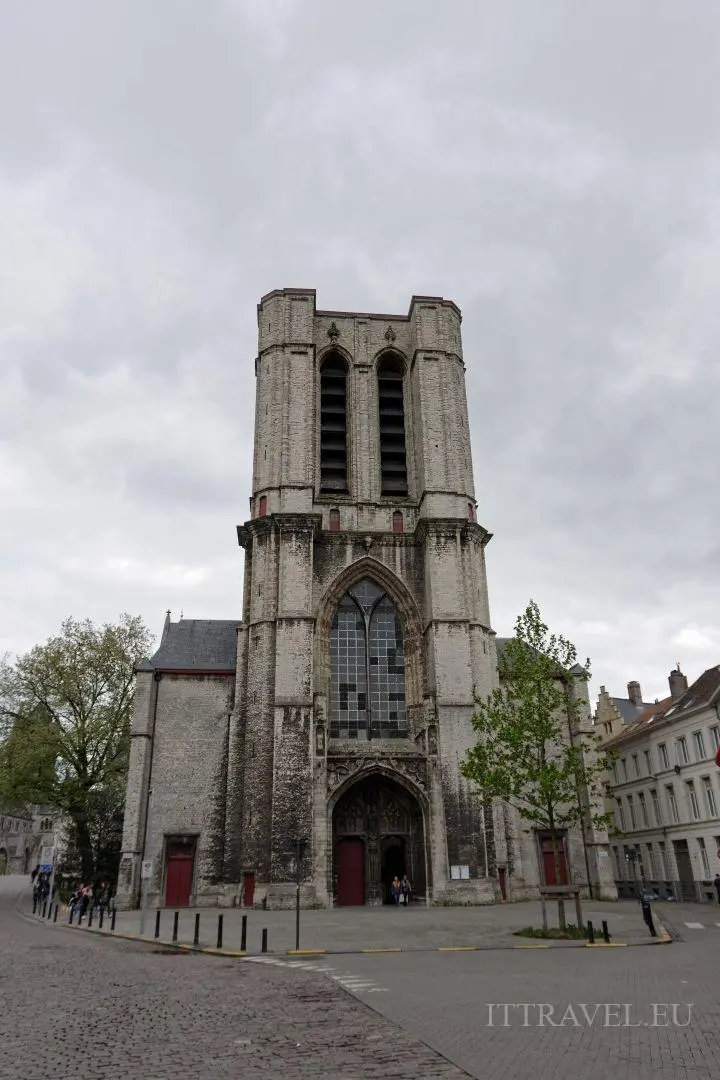
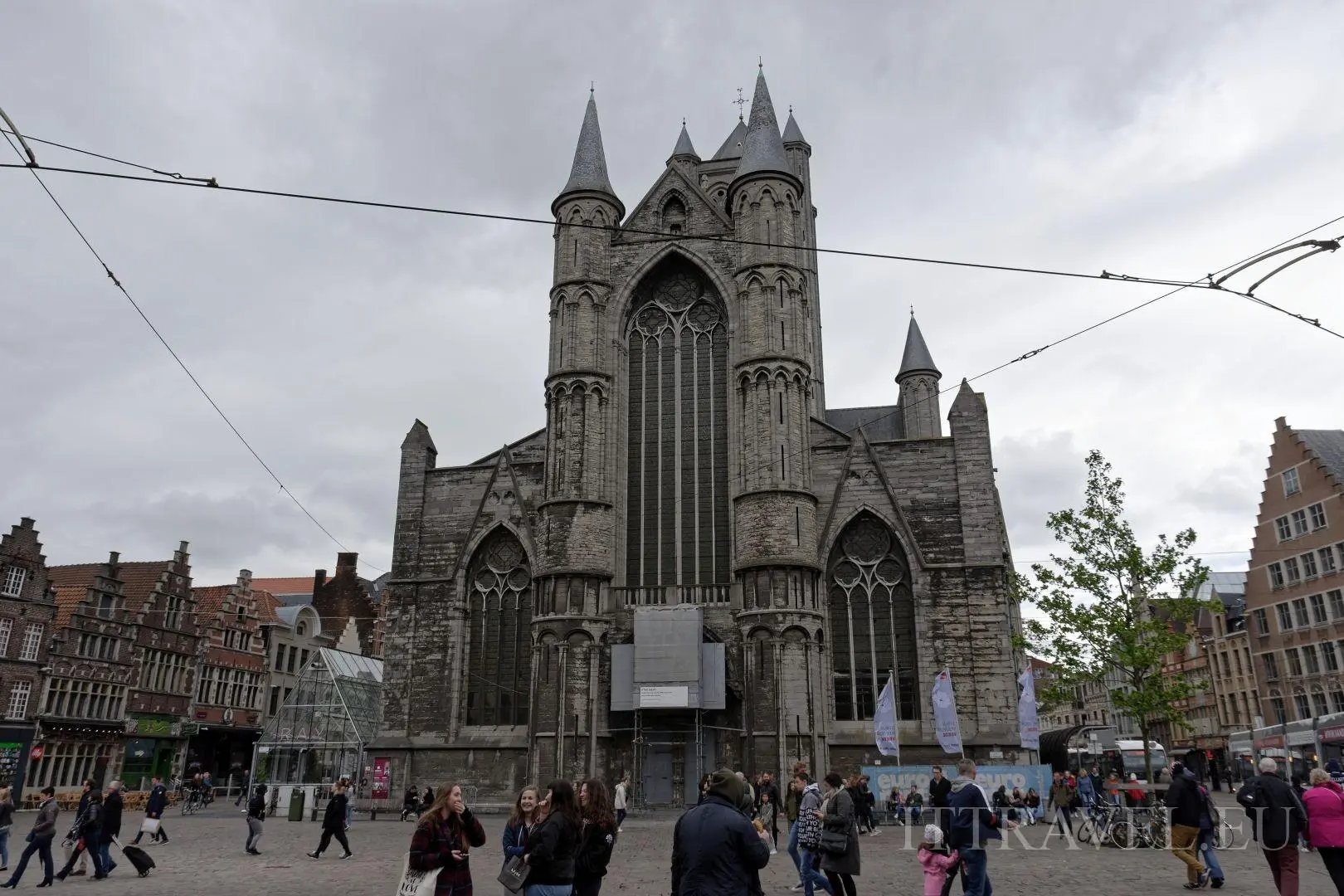
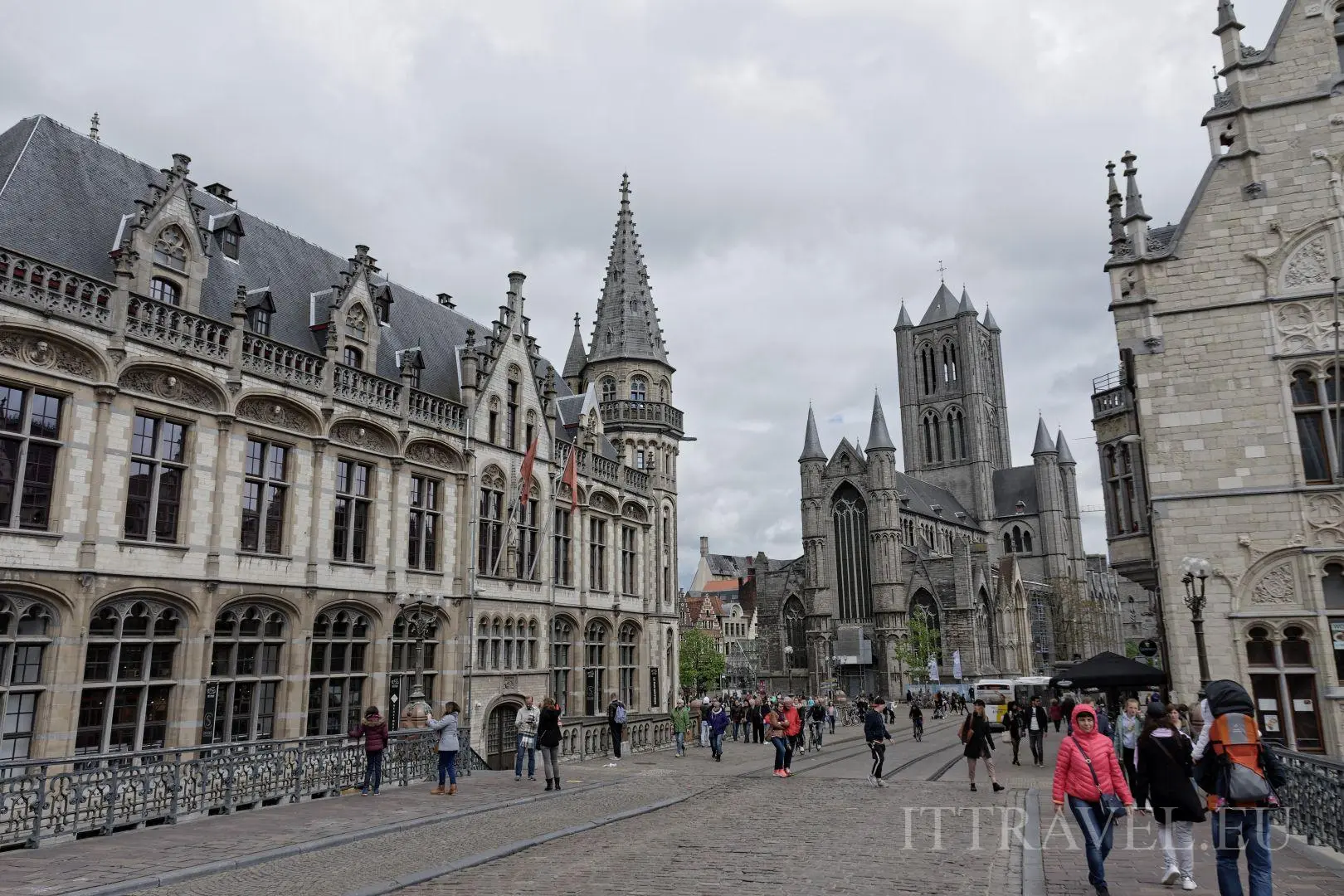
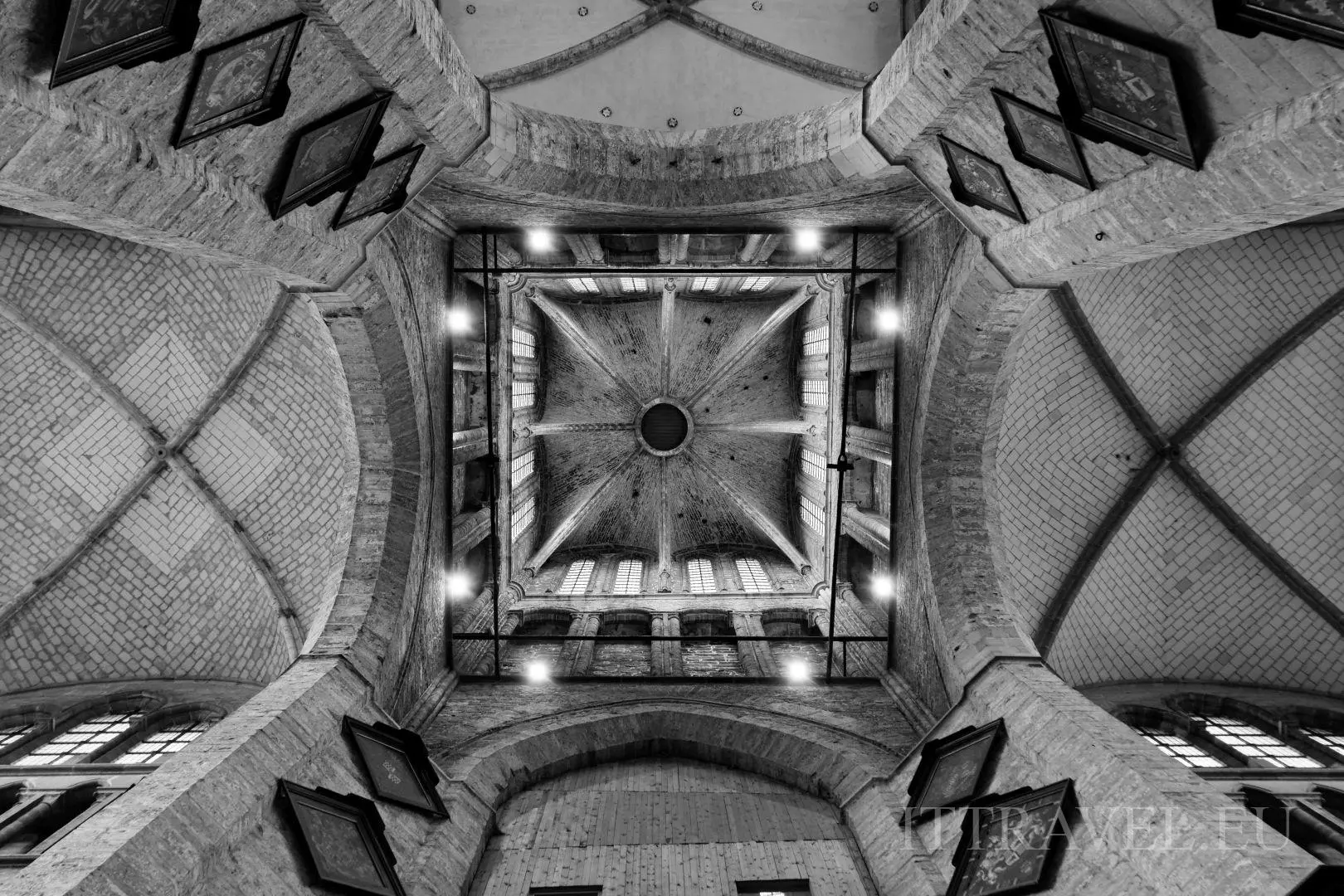
Metselaarshuis The seat of a 16th-century Masons Guild. At the top of the building there are statues of six dancers.
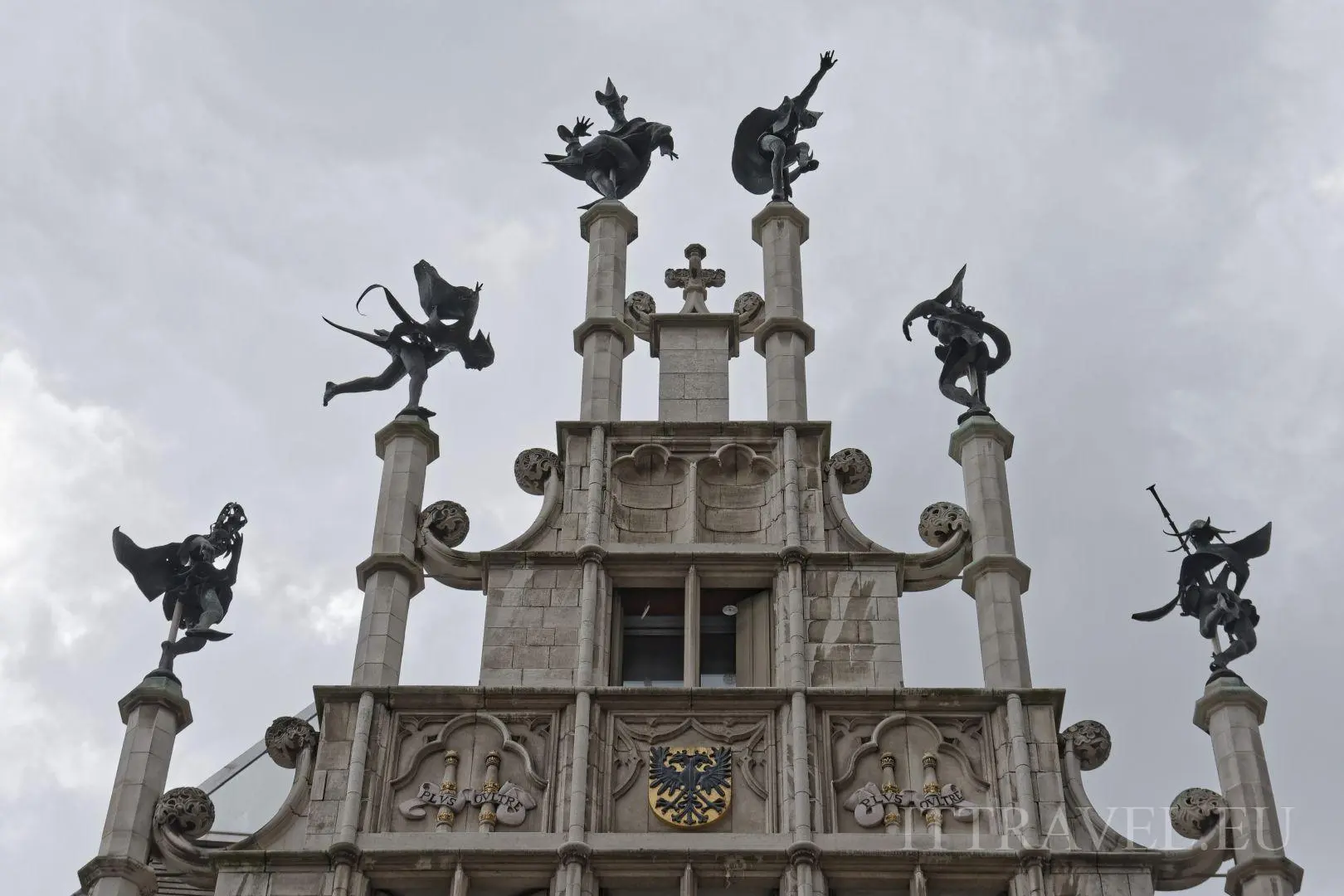
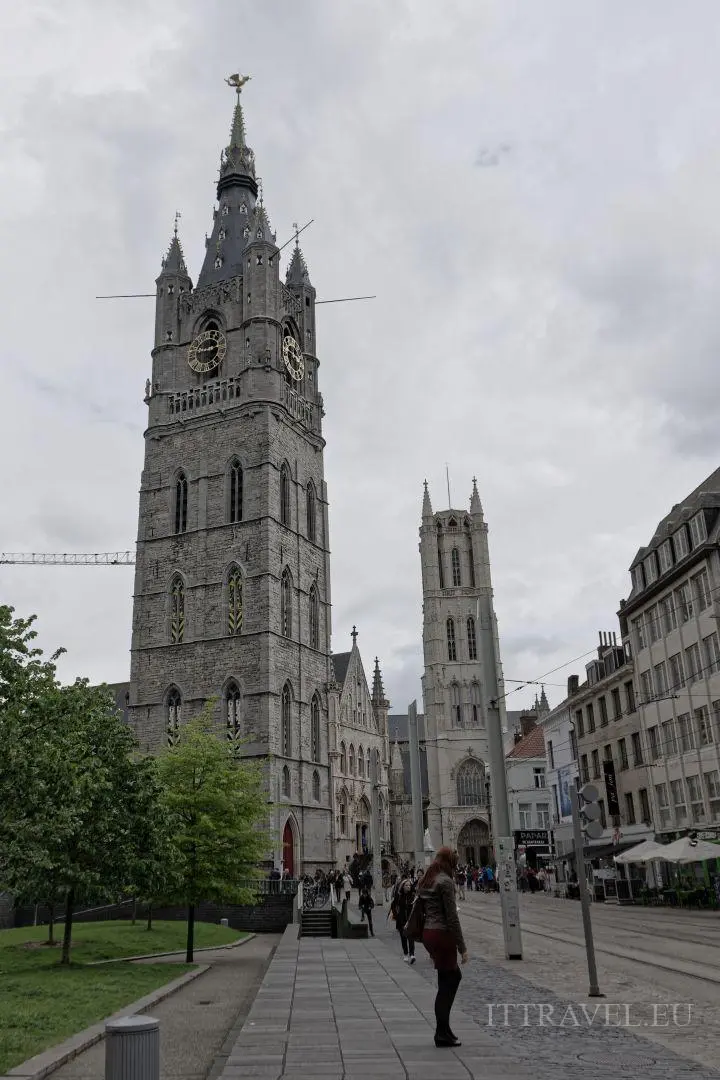
Streets and canals The city is splitted by water channels, along which the walk is pleasant - not stunning, but in a way unique. Medieval buildings and the lack of modern buildings only helps this.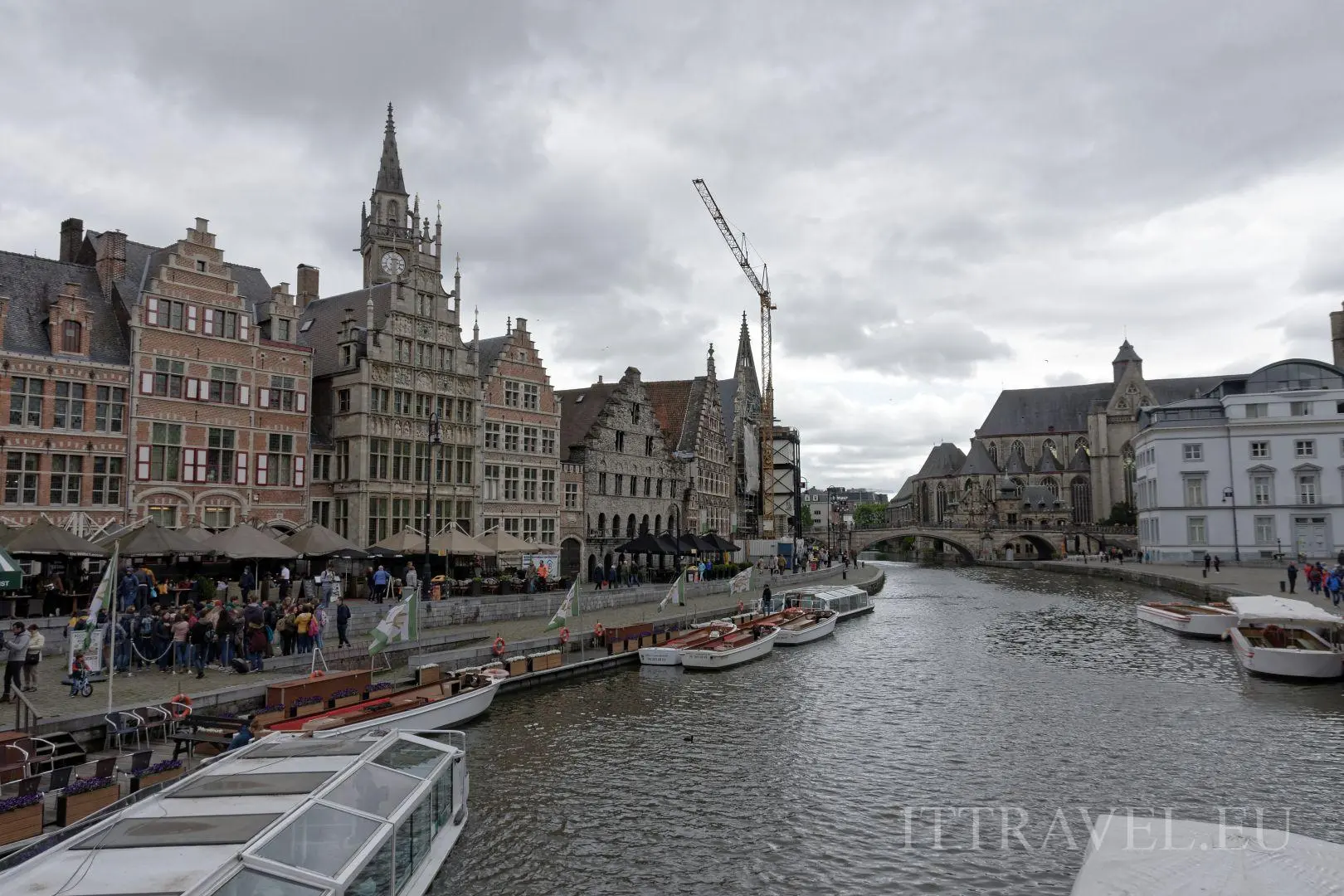
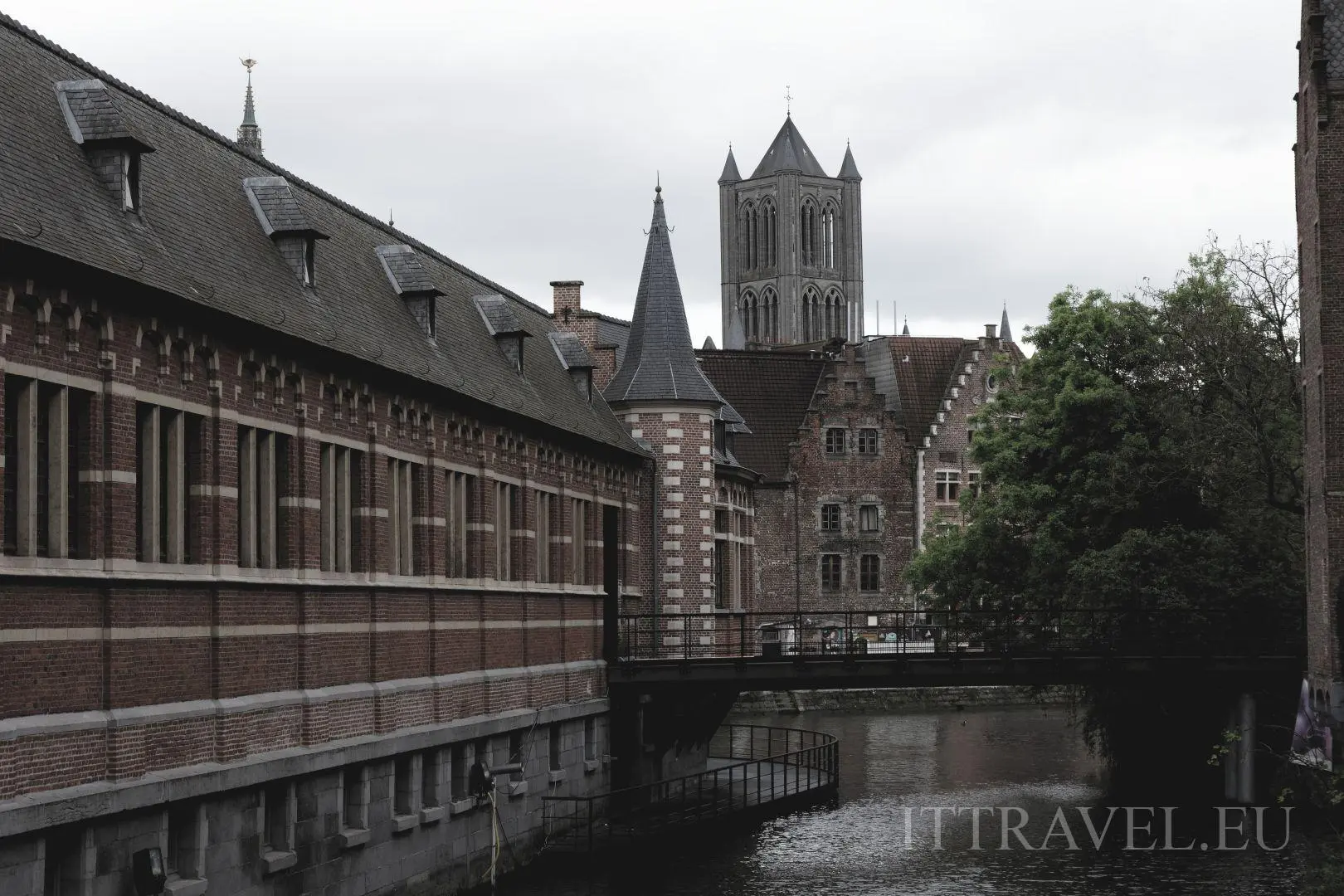


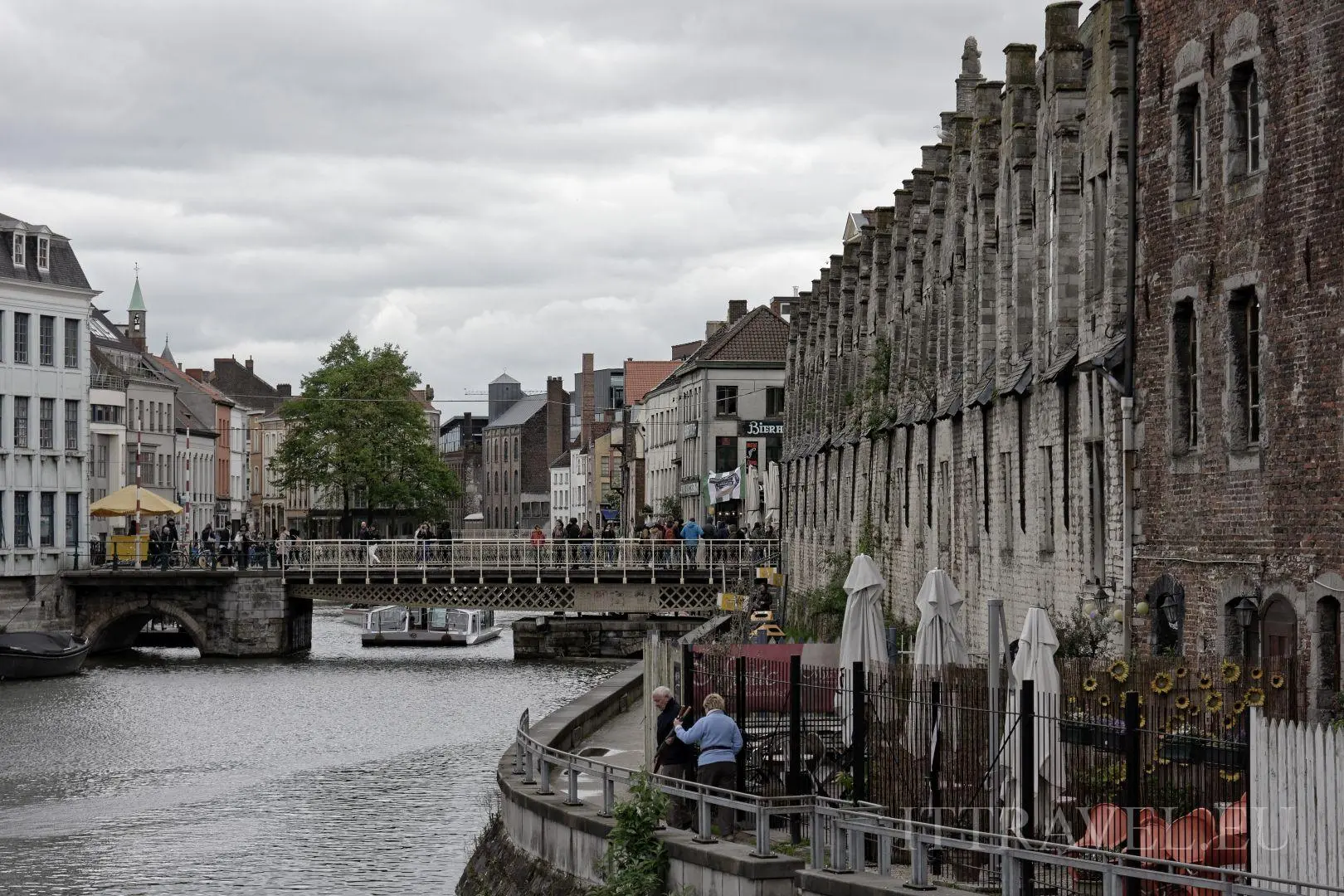
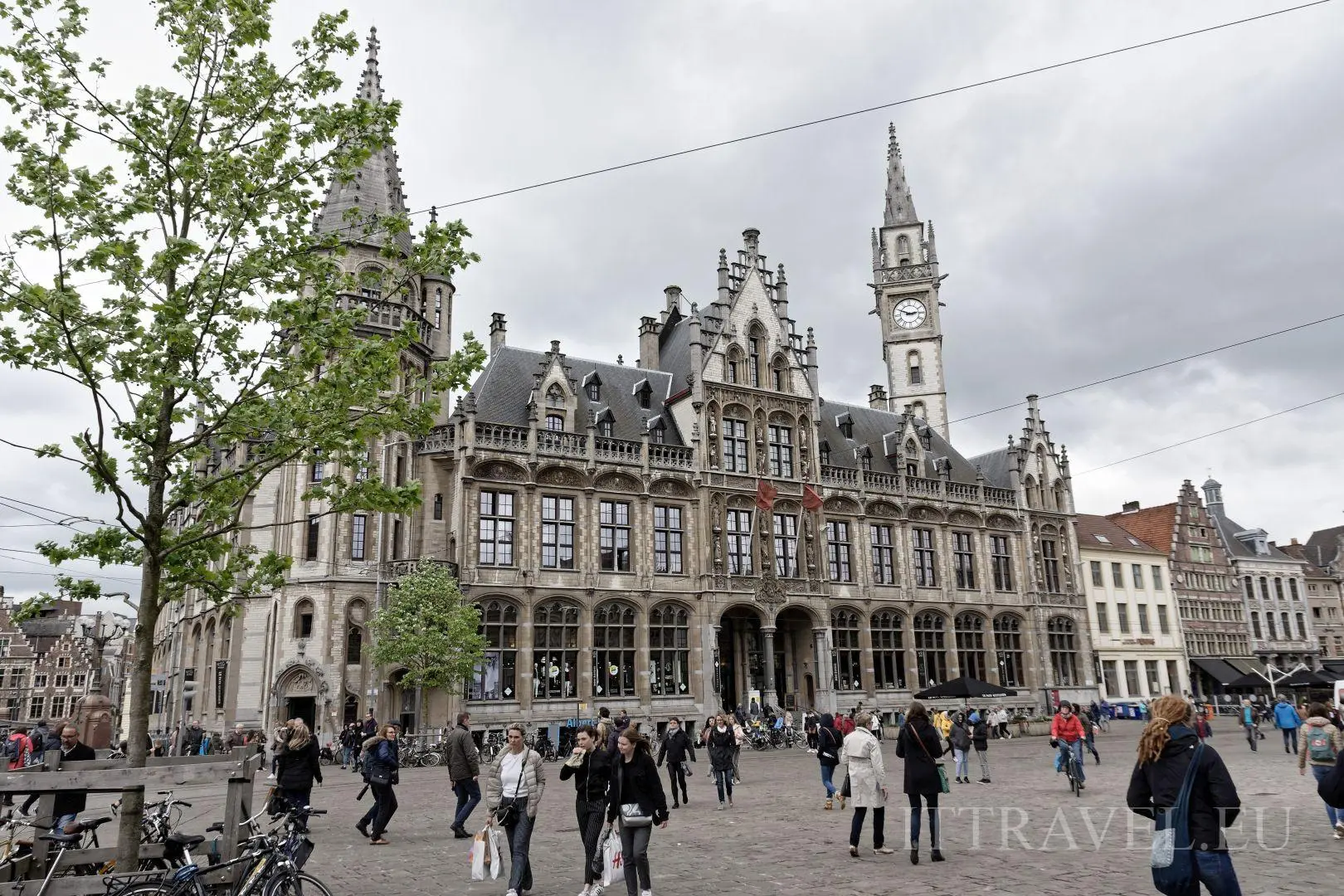

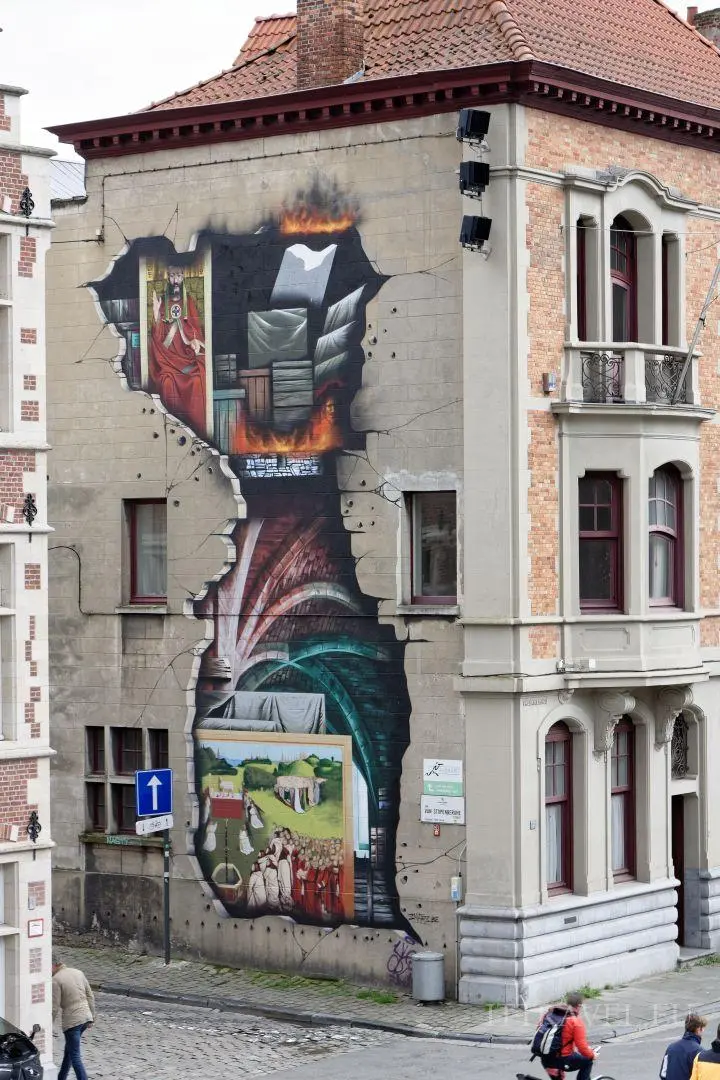
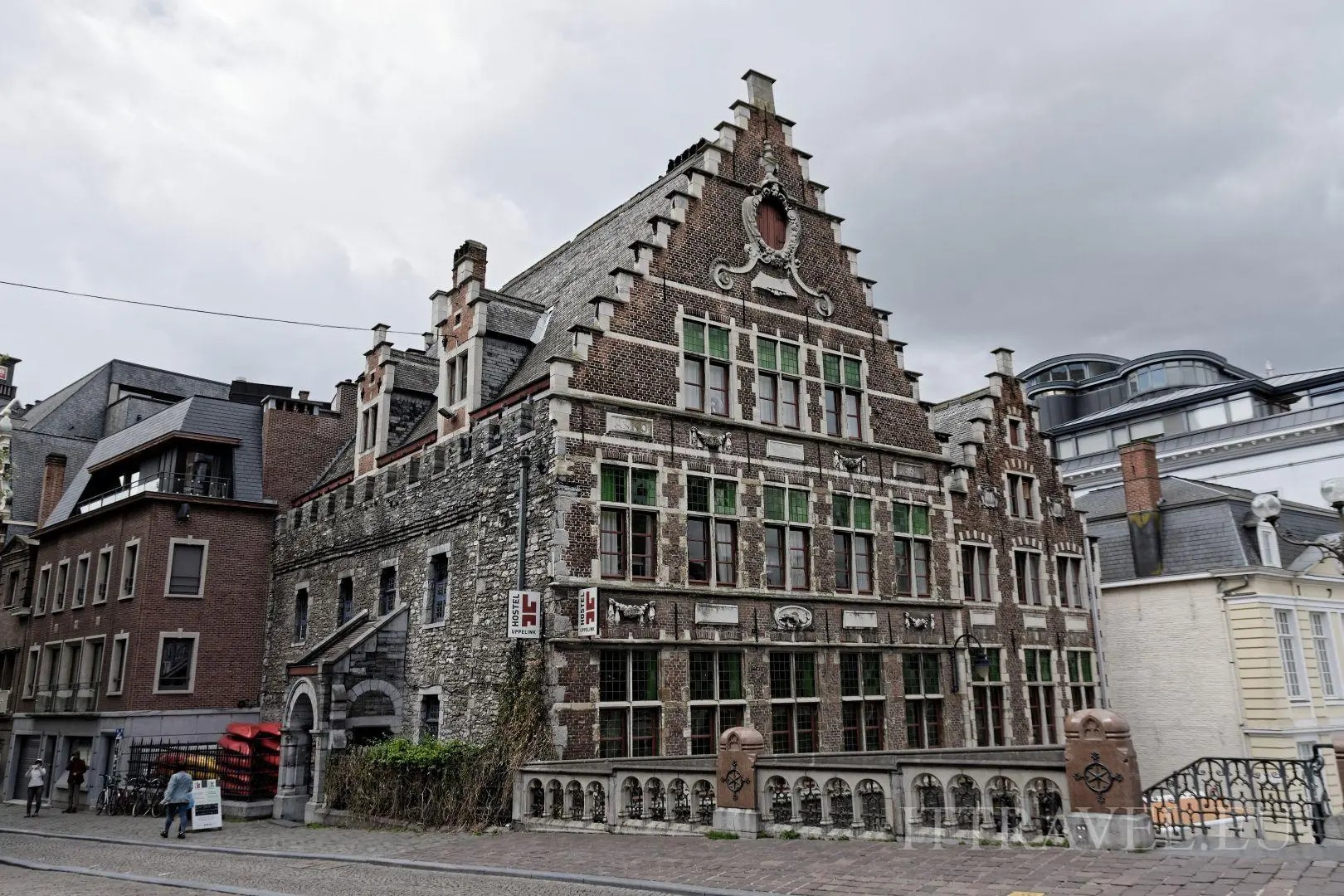

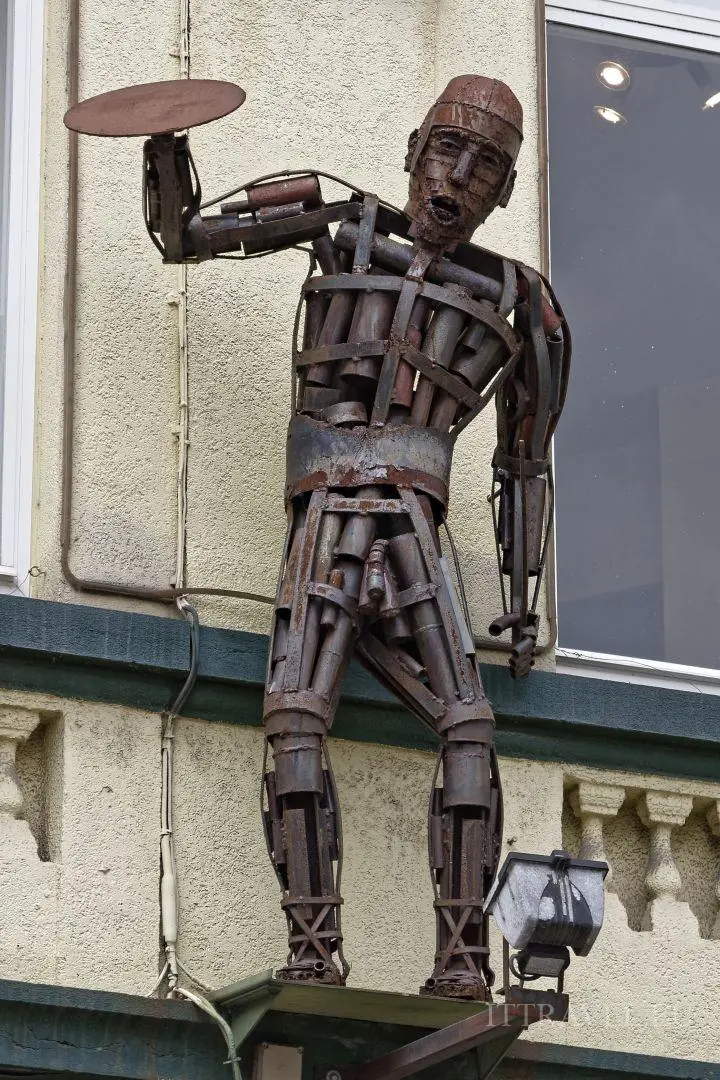
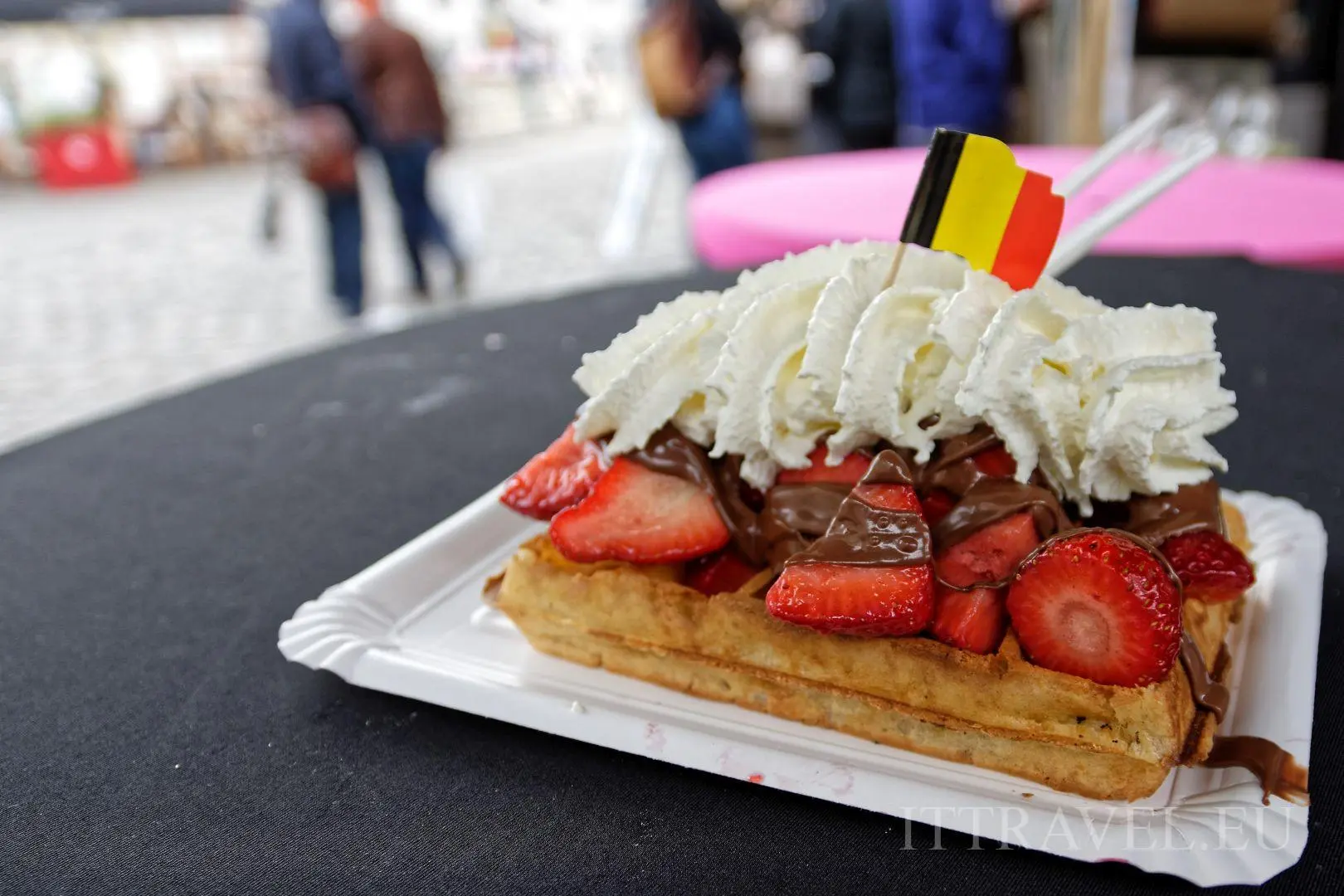
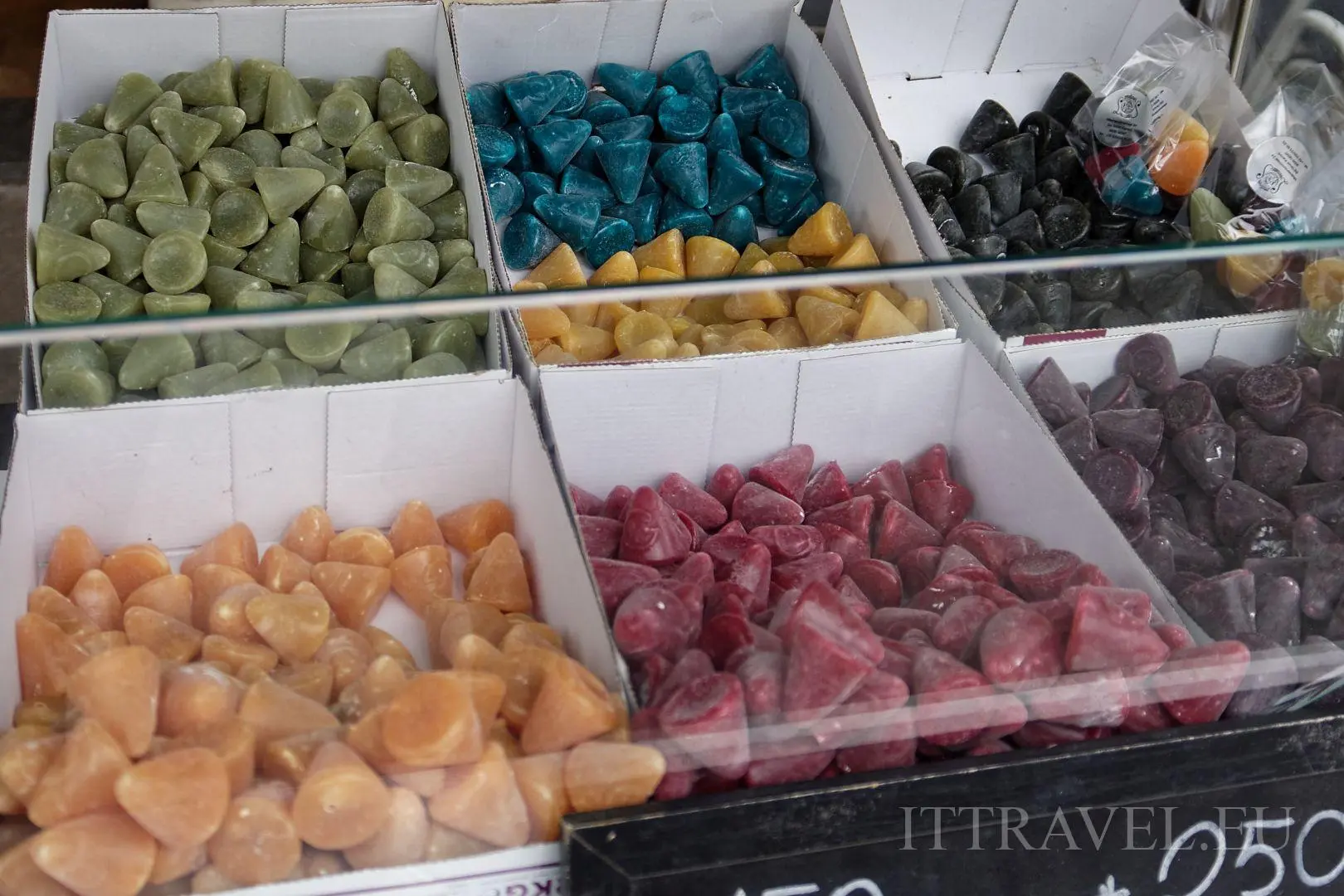
The city is worth visiting for a moment - for example, just like us - as a stopover on the way to Bruges